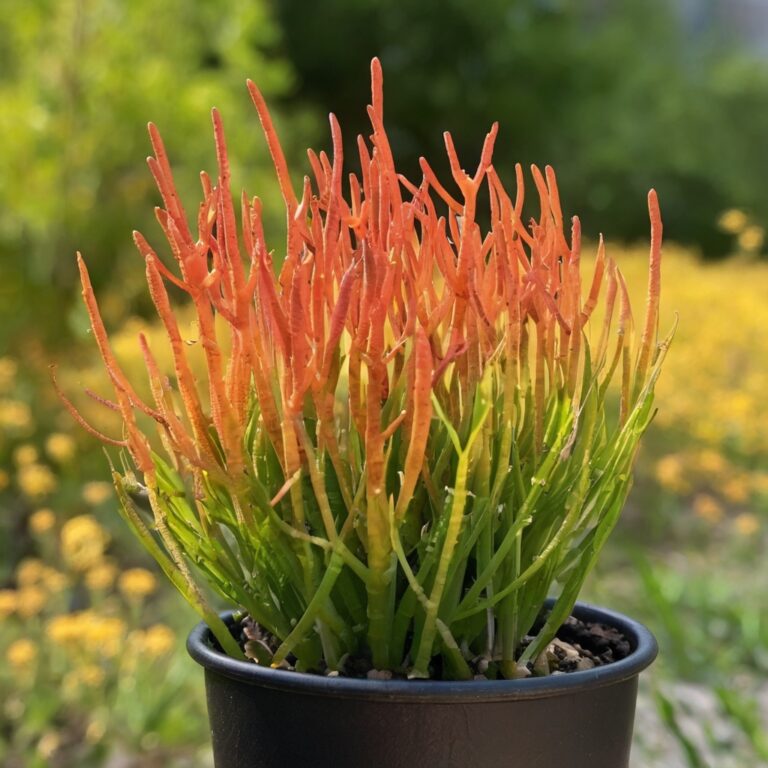8 Essential Tips: Bachelor Buttons for Pollinator Paradise

In the intricate ecosystem of your garden, pollinators play a crucial role in the success of your plants. Among the plethora of flowers that can lure these vital insects, Bachelor Buttons (Centaurea cyanus) stand out as a favorite for their vibrant blooms and ease of cultivation. However, attracting and supporting pollinators like bees, butterflies, and hoverflies with Bachelor Buttons requires more than just scattering seeds. Let’s delve into the investigative nuances of cultivating Centaurea cyanus to create a haven for these essential creatures.
Understanding the Importance of Pollinators
Before delving into the specifics of Bachelor Buttons, it’s essential to grasp the significance of pollinators in your garden’s ecosystem. Bees, butterflies, and hoverflies are not just visitors; they are indispensable partners in the reproduction of flowering plants. Without them, the process of pollination would come to a halt, jeopardizing the biodiversity and productivity of your garden. By attracting these pollinators, you ensure the fertility of your plants and contribute to the health of the surrounding environment.
Choosing the Right Variety
Bachelor Buttons, also known as Cornflowers, come in various colors ranging from blue and purple to pink and white. When selecting seeds or seedlings, opt for native varieties whenever possible. Native species are better adapted to the local climate and soil conditions, making them more attractive to indigenous pollinators. Look for cultivars that produce ample pollen and nectar, as these are the primary food sources for bees, butterflies, and hoverflies.
Planting Bachelor Buttons
The key to successfully attracting pollinators with Bachelor Buttons lies in strategic planting. Choose a location in your garden that receives ample sunlight, as these flowers thrive in full sun to partial shade. Ensure the soil is well-drained and fertile, as poor soil quality can hinder growth and flower production.
Sow Bachelor Button seeds directly into the ground in early spring after the last frost has passed. Scatter the seeds thinly over the soil surface and lightly press them into the earth. Alternatively, you can start seeds indoors 4-6 weeks before the last frost and transplant seedlings outdoors once the weather warms up.
Providing Care
Once your Bachelor Buttons are established, they require minimal maintenance to thrive. Water them regularly, especially during dry spells, to keep the soil consistently moist but not waterlogged. Avoid over-fertilizing, as excessive nitrogen can result in lush foliage at the expense of flowers. Deadhead spent blooms to encourage continuous flowering throughout the growing season.
Companion Planting
Companion planting is a strategic gardening technique that involves growing compatible plants together to maximize growth and deter pests. When it comes to attracting pollinators, certain companion plants can complement Bachelor Buttons and create a pollinator-friendly environment. For more insights, check out our article on Uncover Perfect Partners: Boost Pollinators for Bachelor Buttons.
Consider planting aromatic herbs like lavender, sage, and thyme nearby to attract butterflies and hoverflies. These herbs not only provide additional nectar sources but also repel pests that may harm your Centaurea cyanus. For more information on this topic, see our guide on Eco-Friendly Pest Control for Bachelor Button Gardens.
Additionally, intersperse your Bachelor Button bed with native wildflowers such as coneflowers, black-eyed Susans, and bee balm. This diversity of flowers will attract a wide range of pollinators and create a visually stunning display in your garden.
Creating Year-Round Pollinator Habitats
To ensure your garden remains a haven for pollinators throughout the year, it’s crucial to plan for continuous blooms. Read our comprehensive guide on maintaining a Year-Round Pollinator Garden: Bachelor Buttons Guide for more details.




One Comment